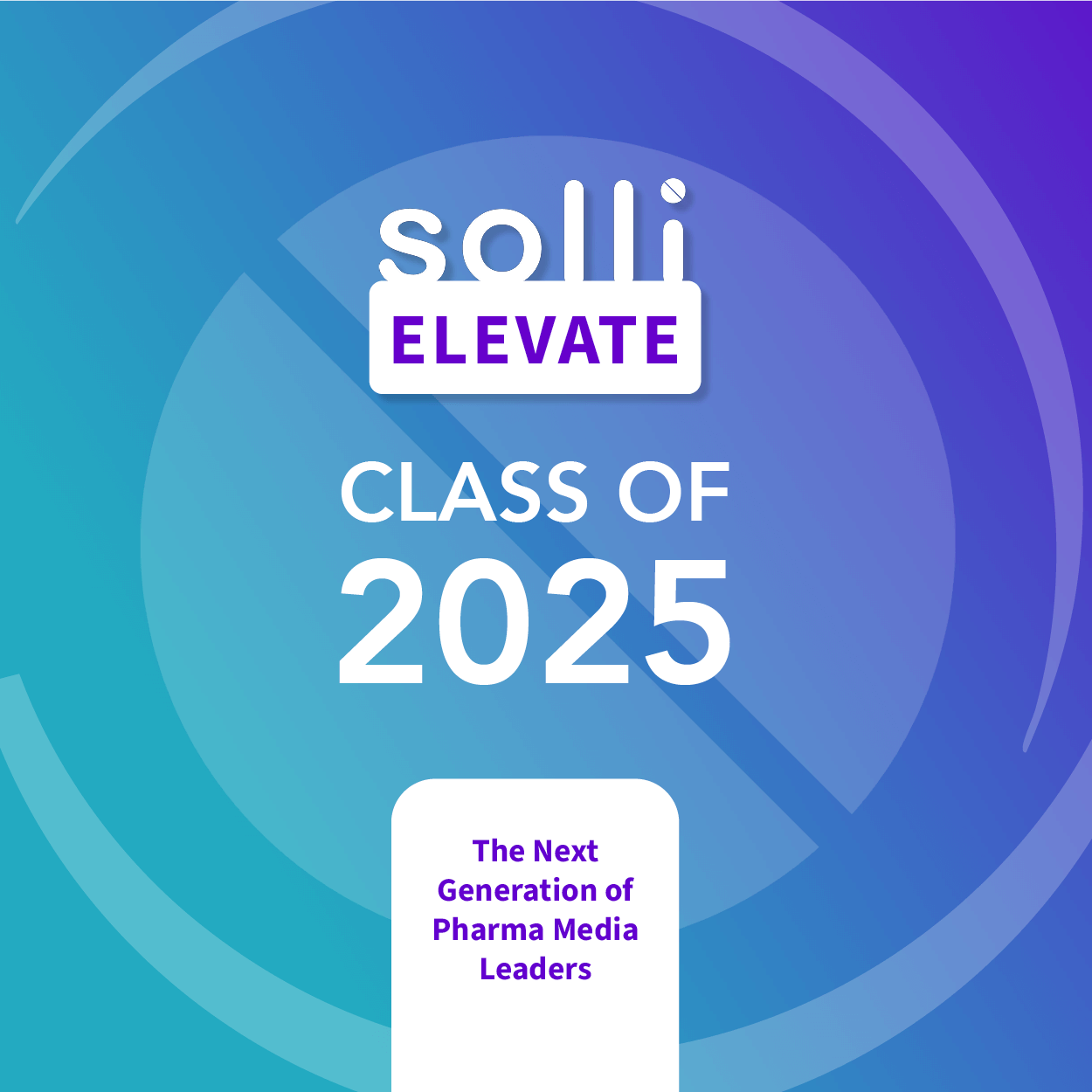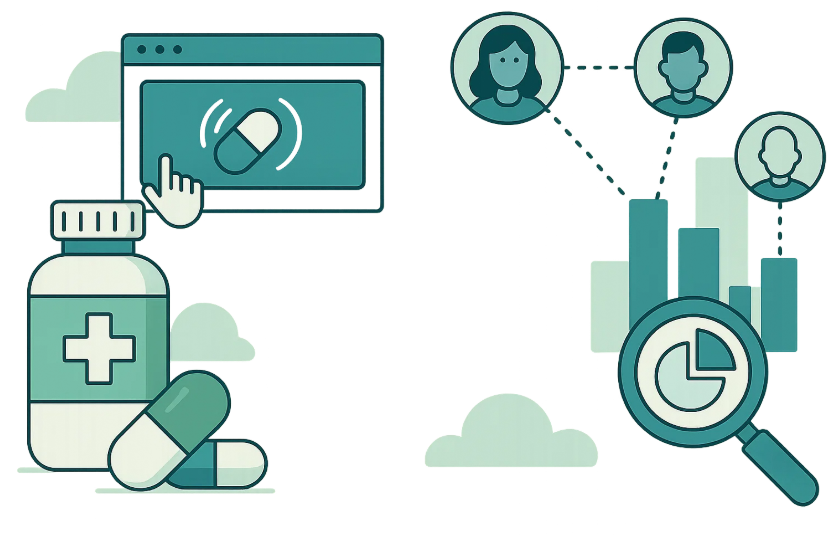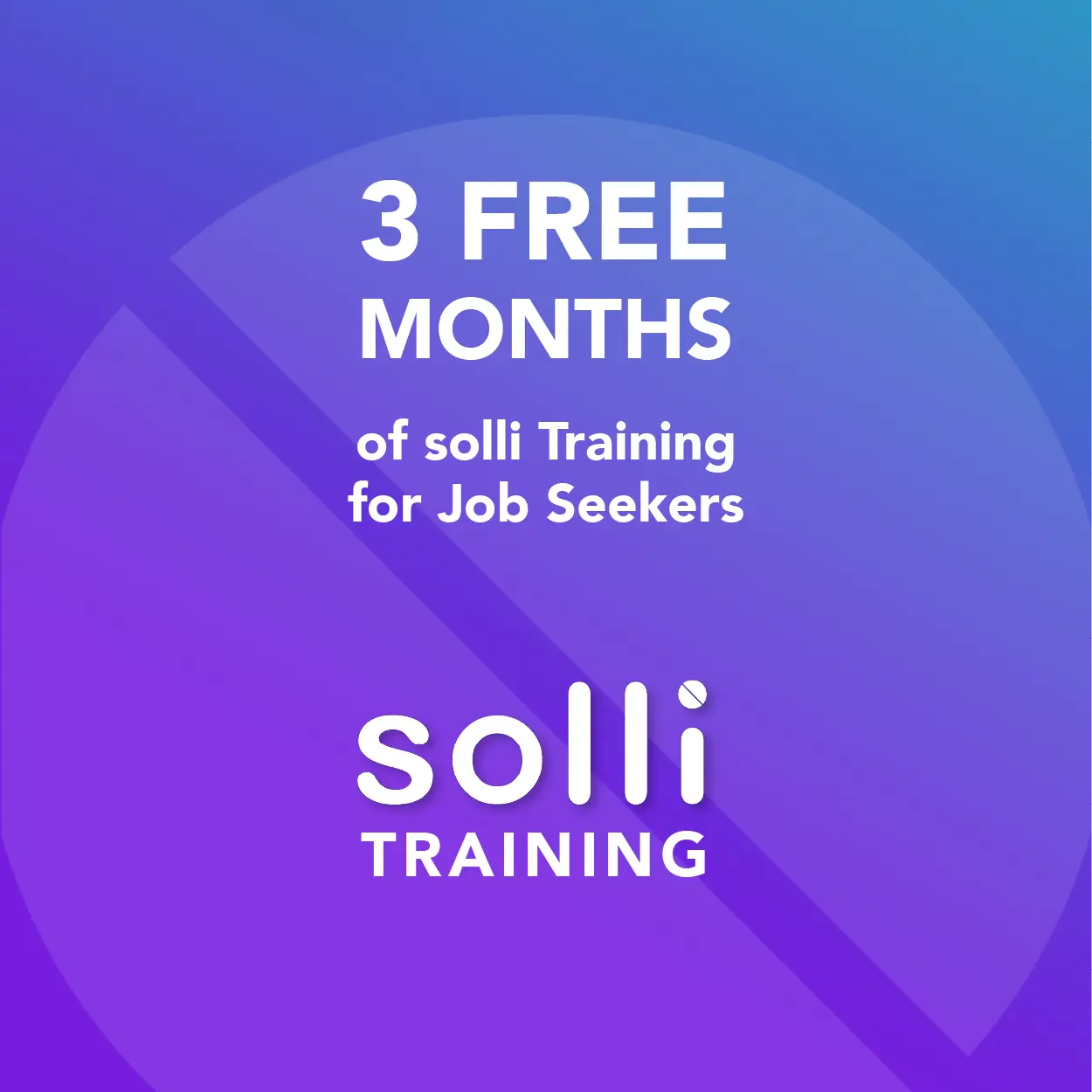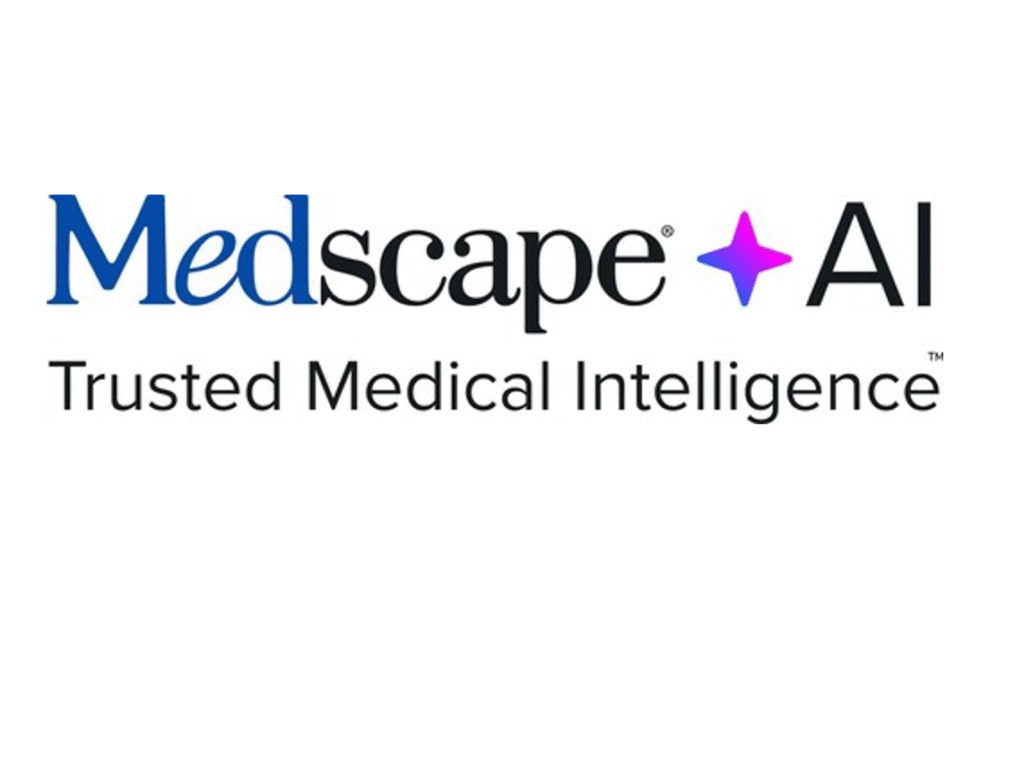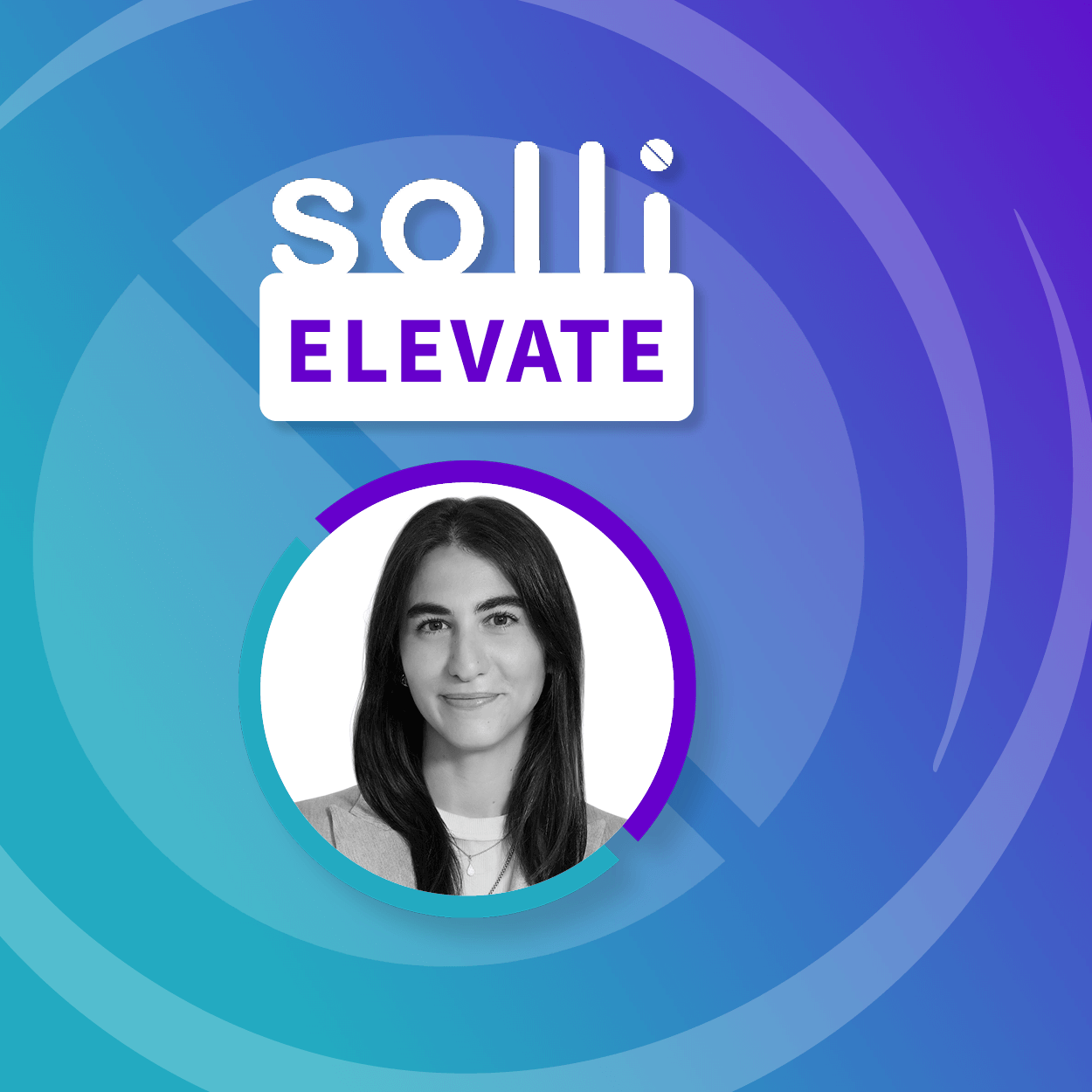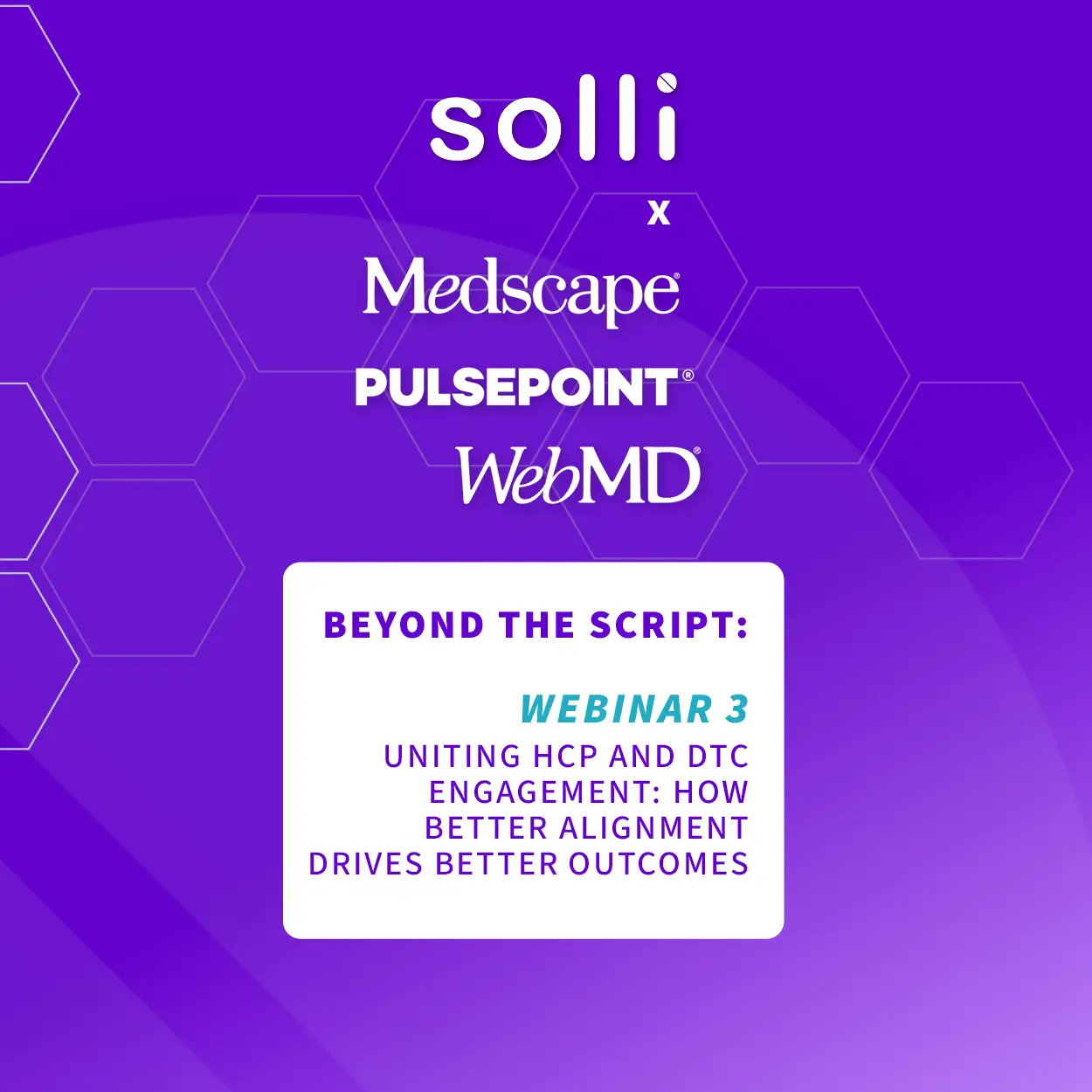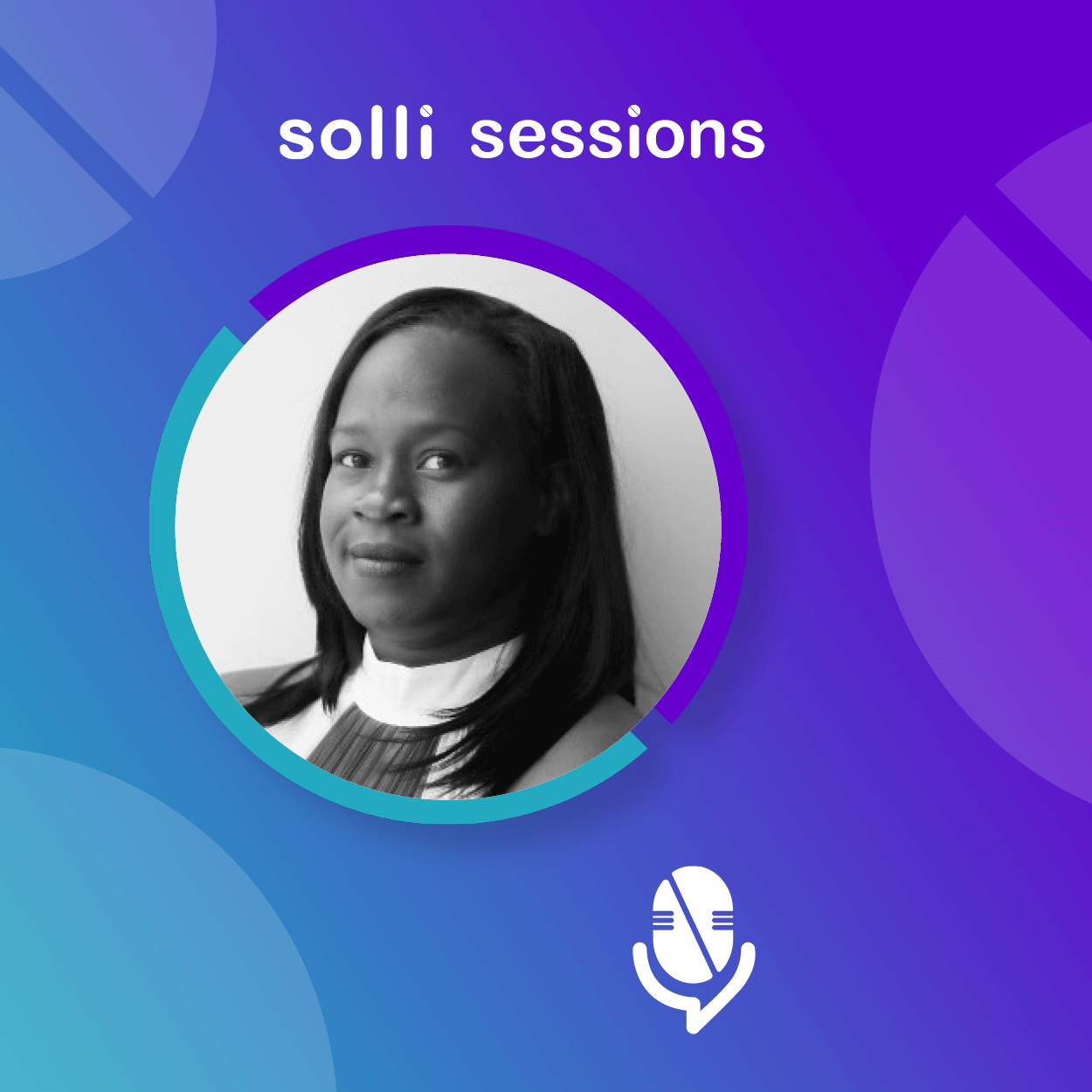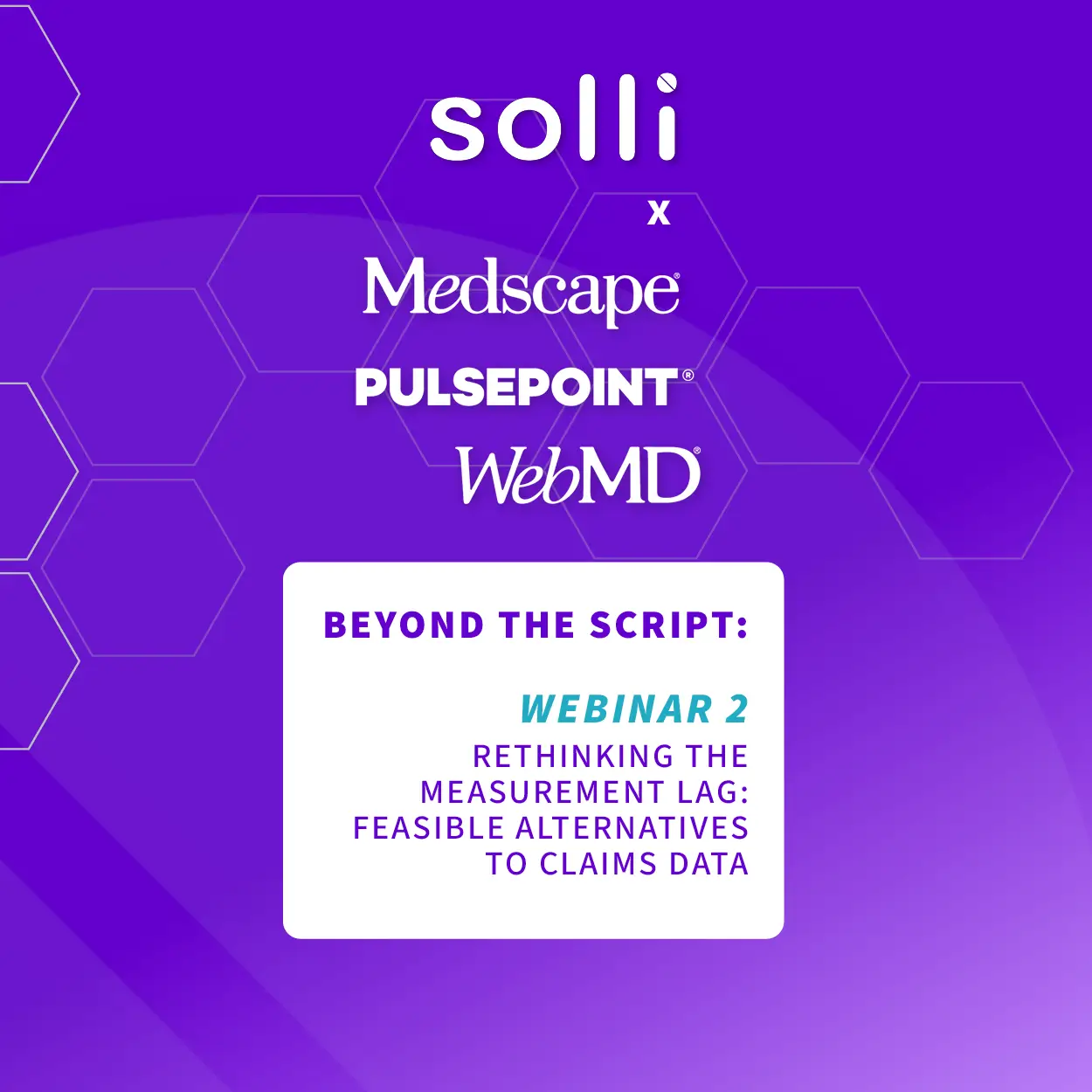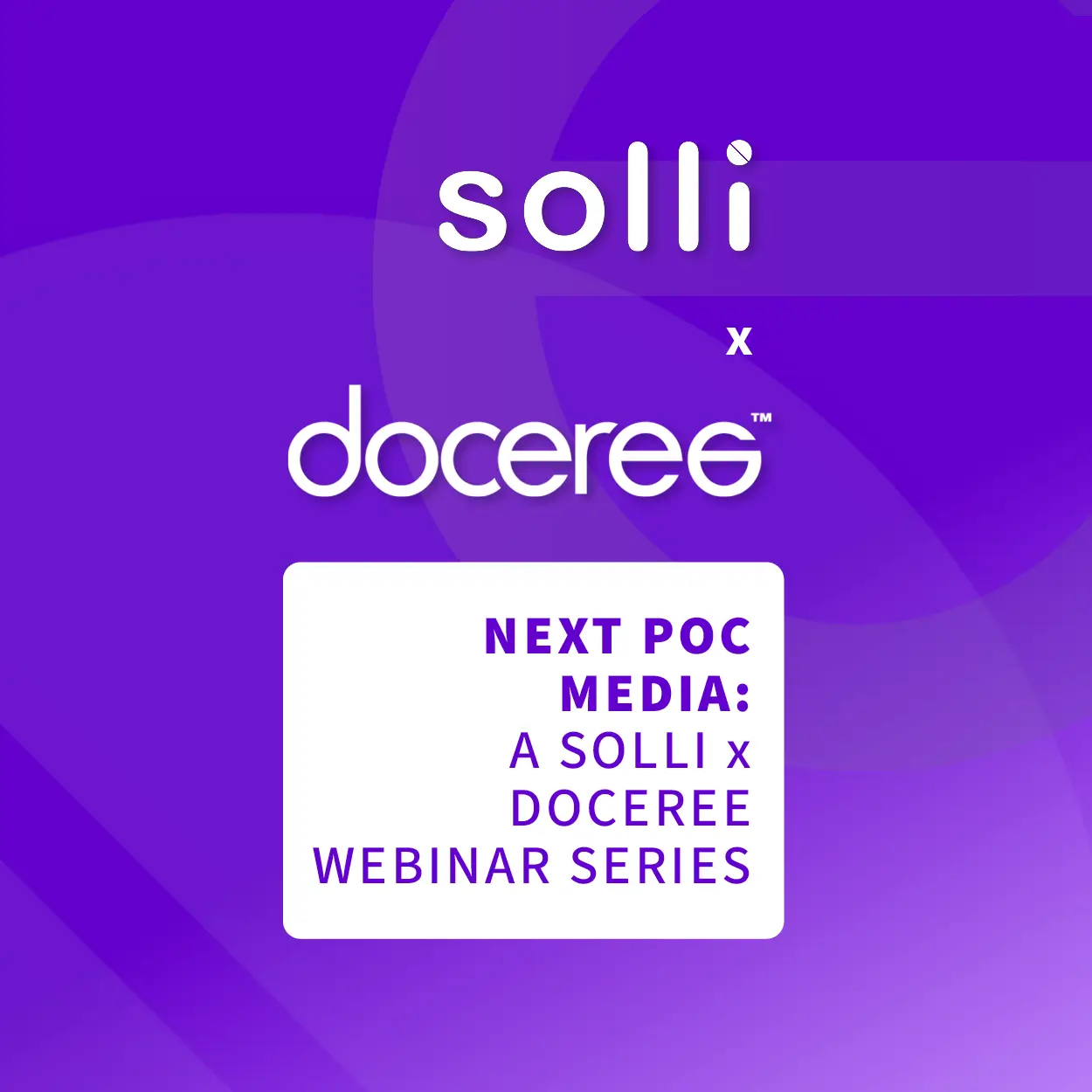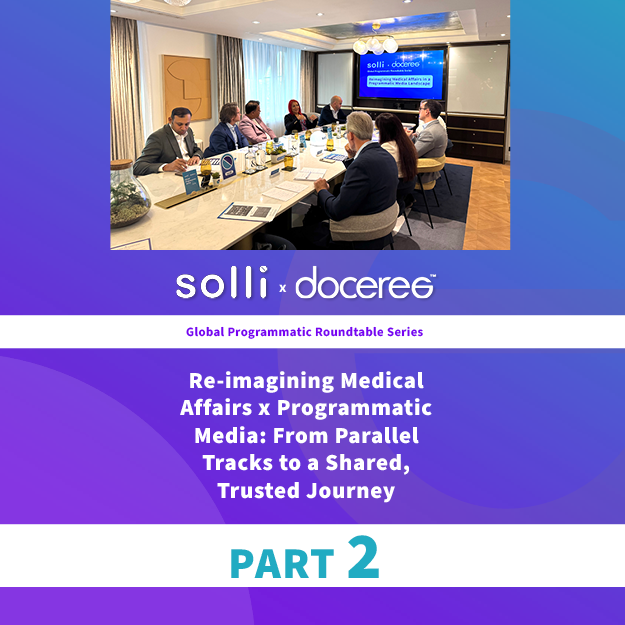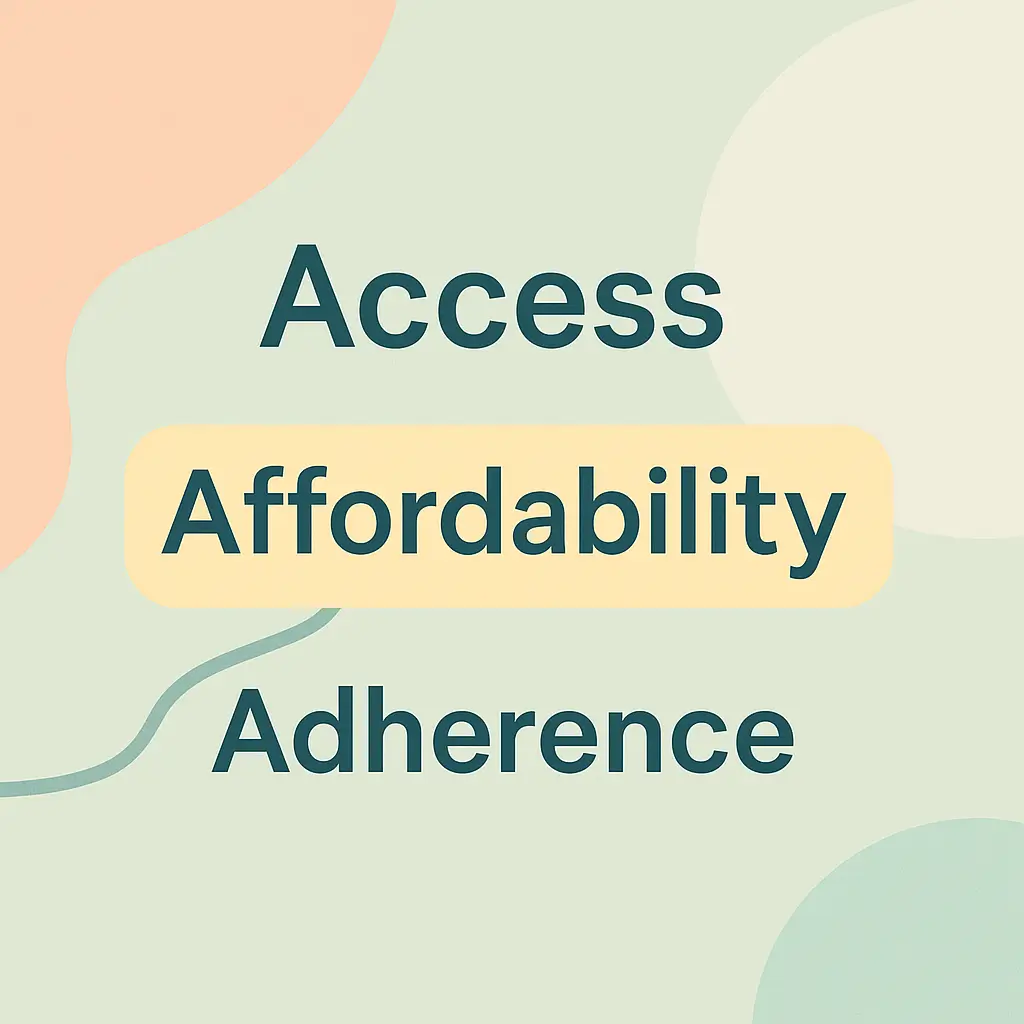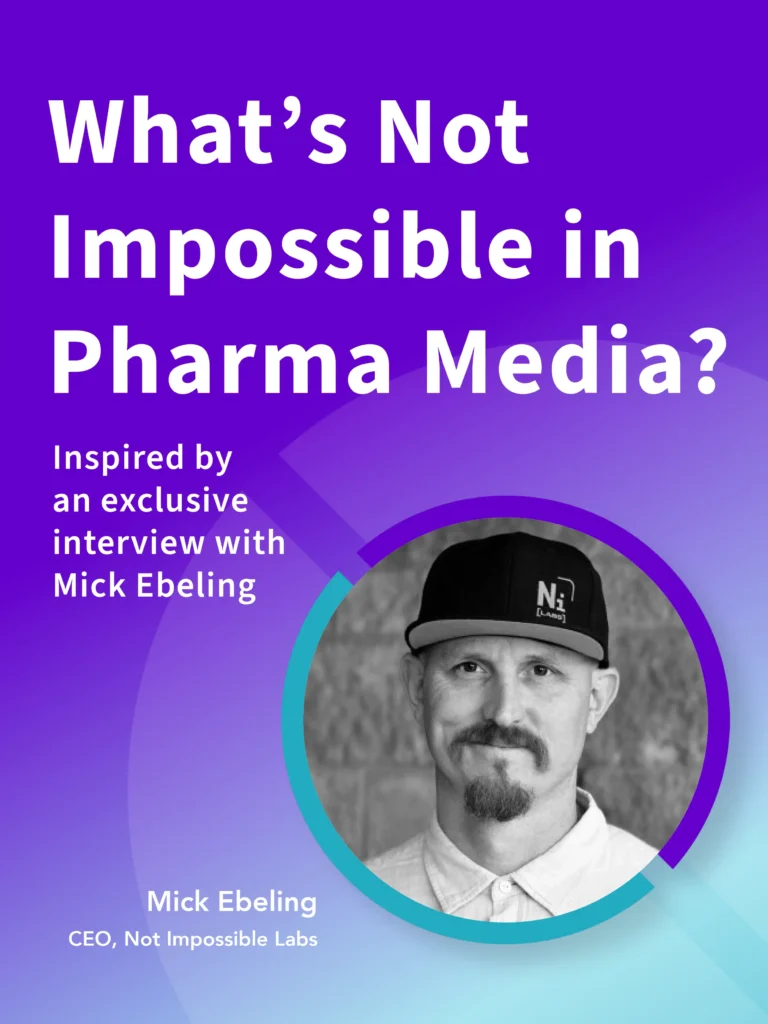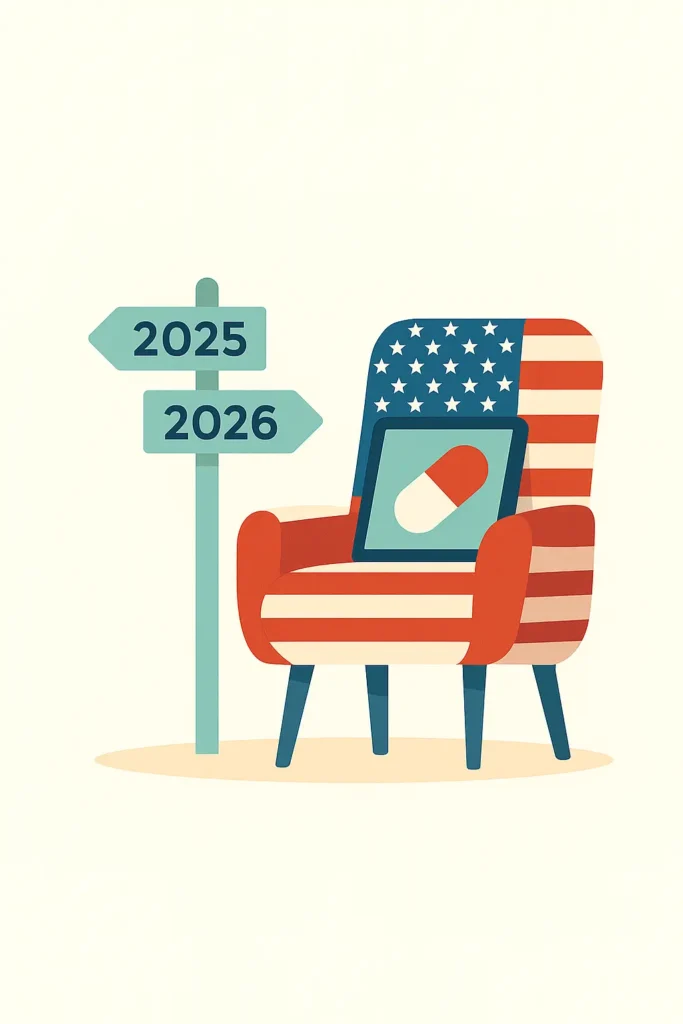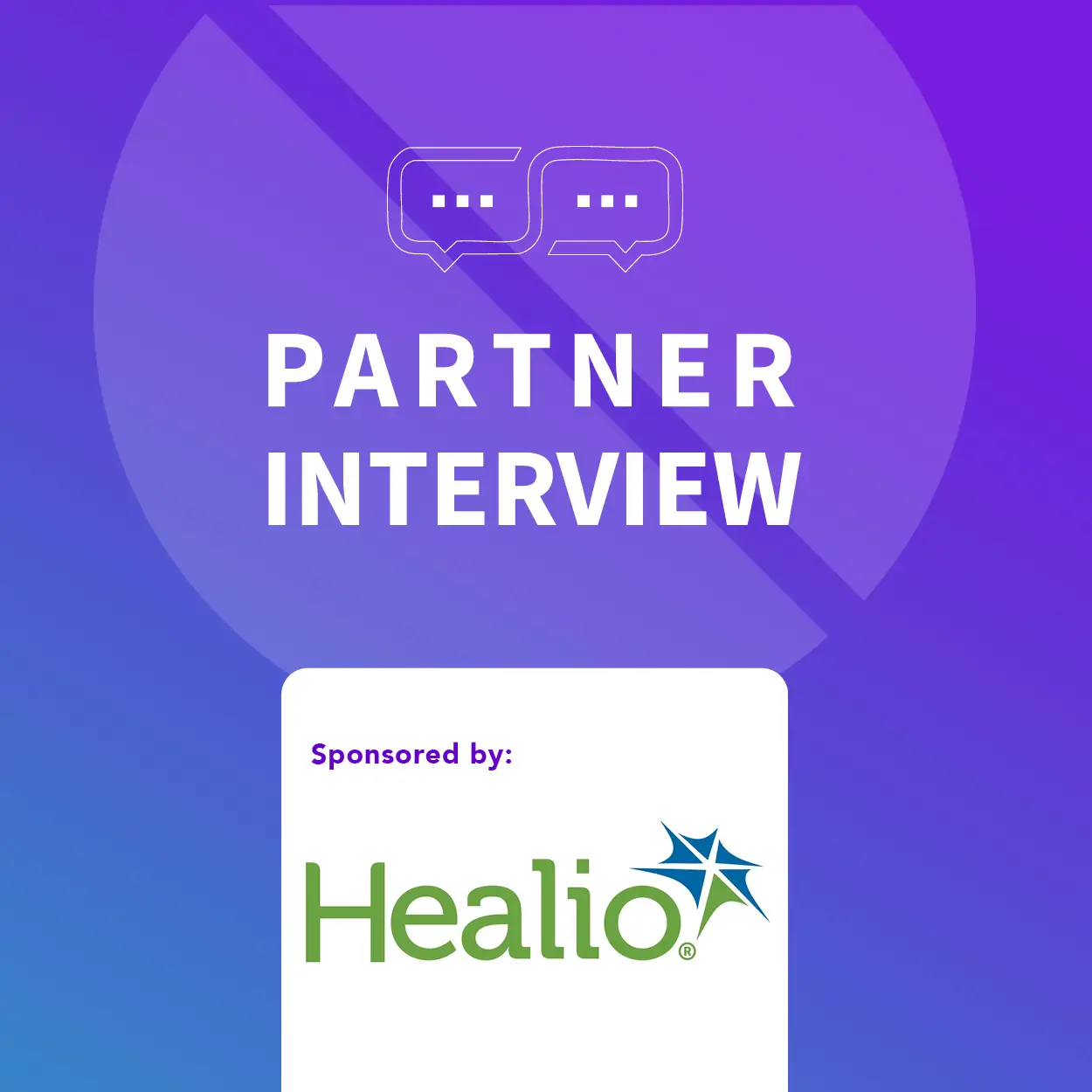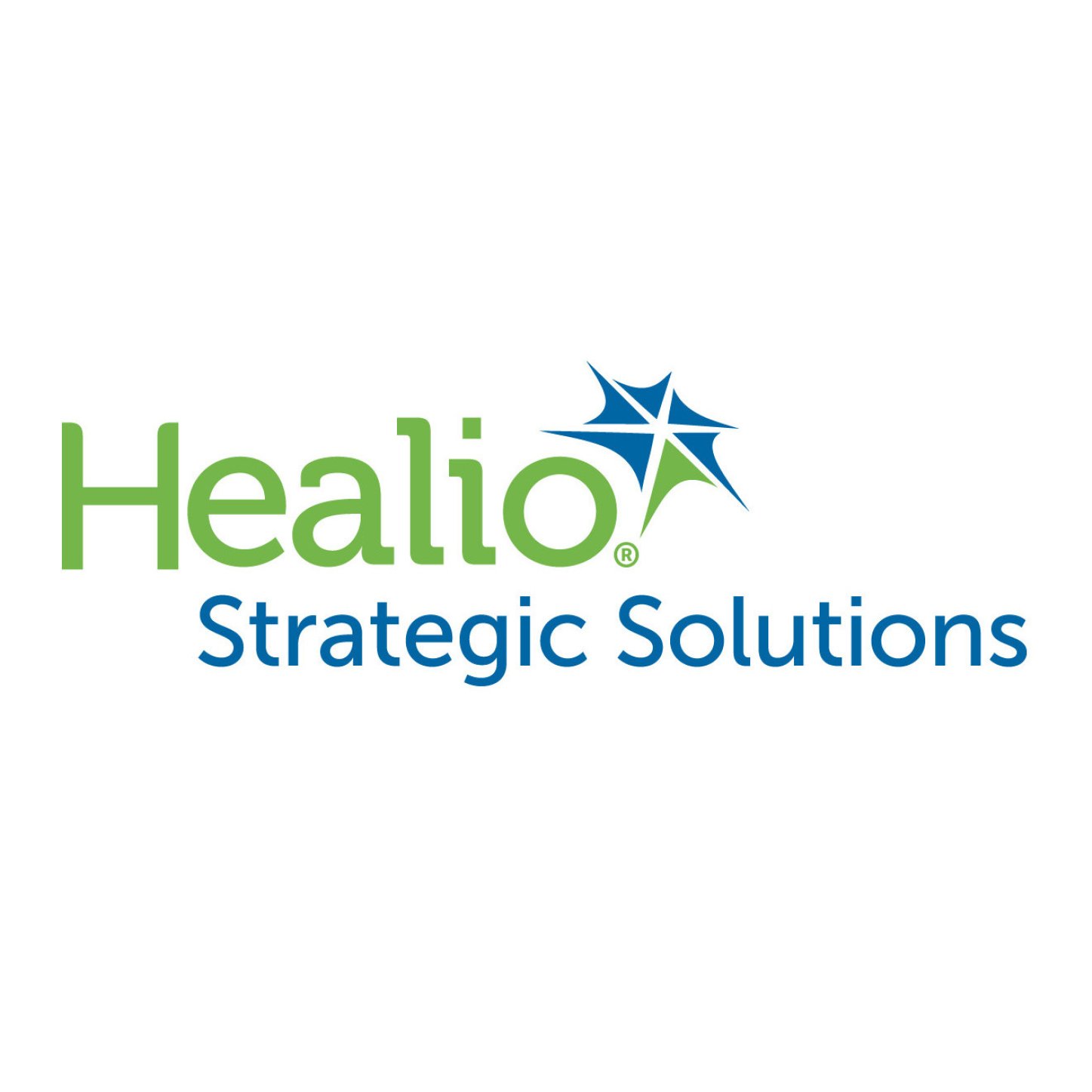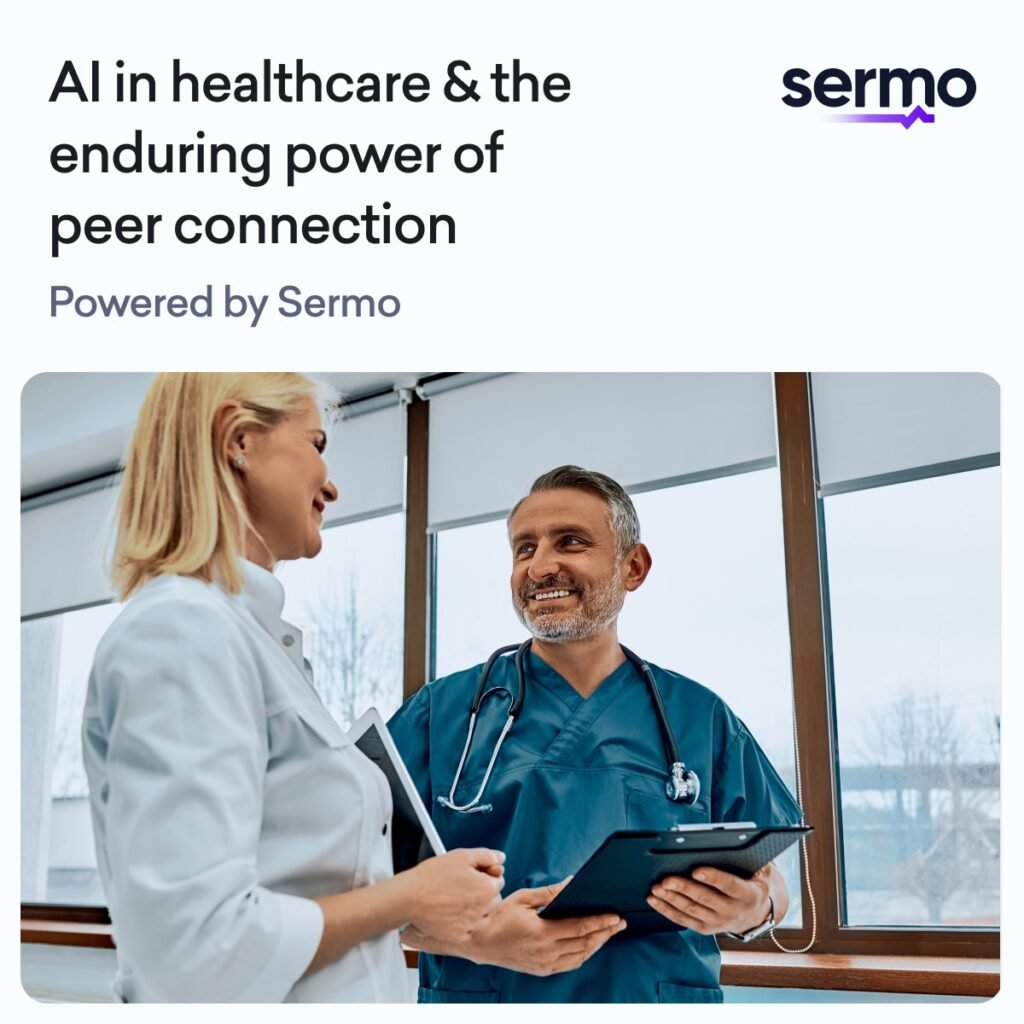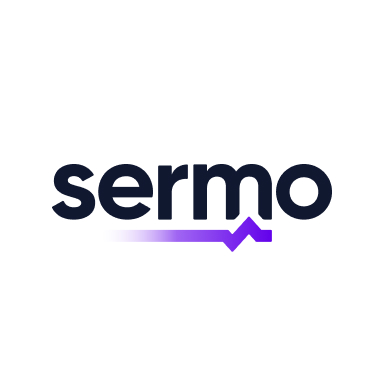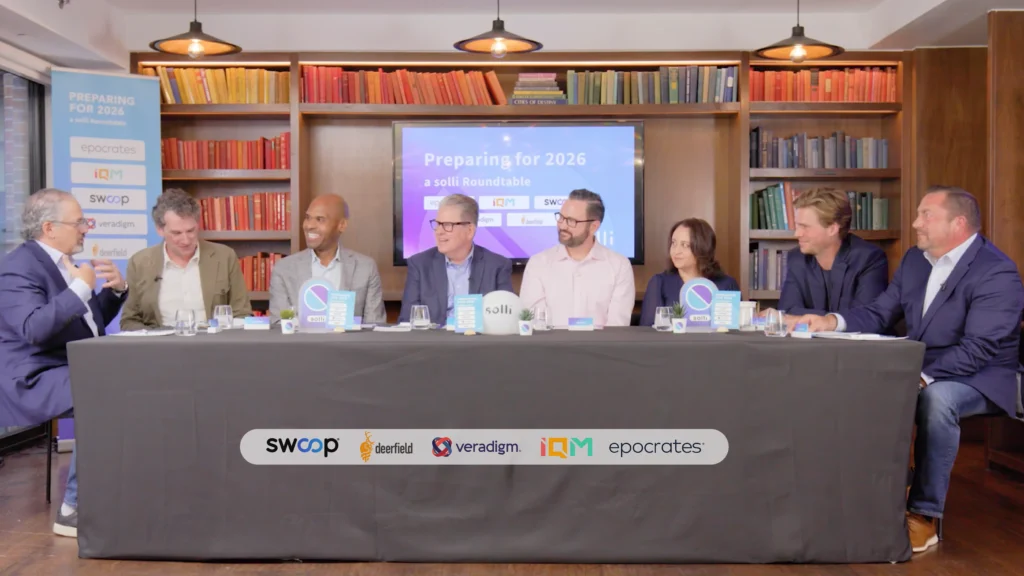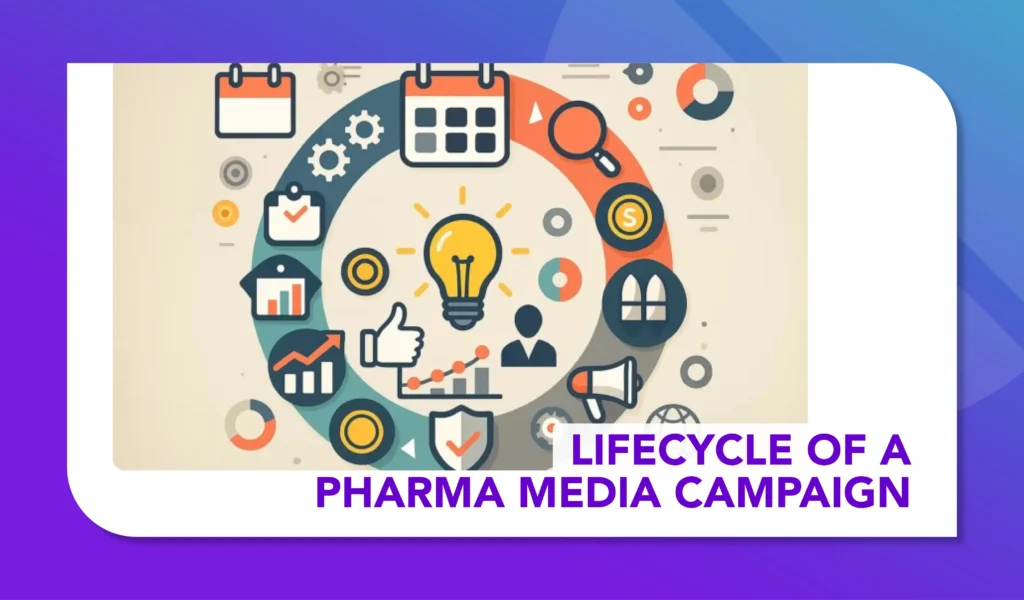Innovations in Content Delivery
Meeting Patients and Providers Where They Are
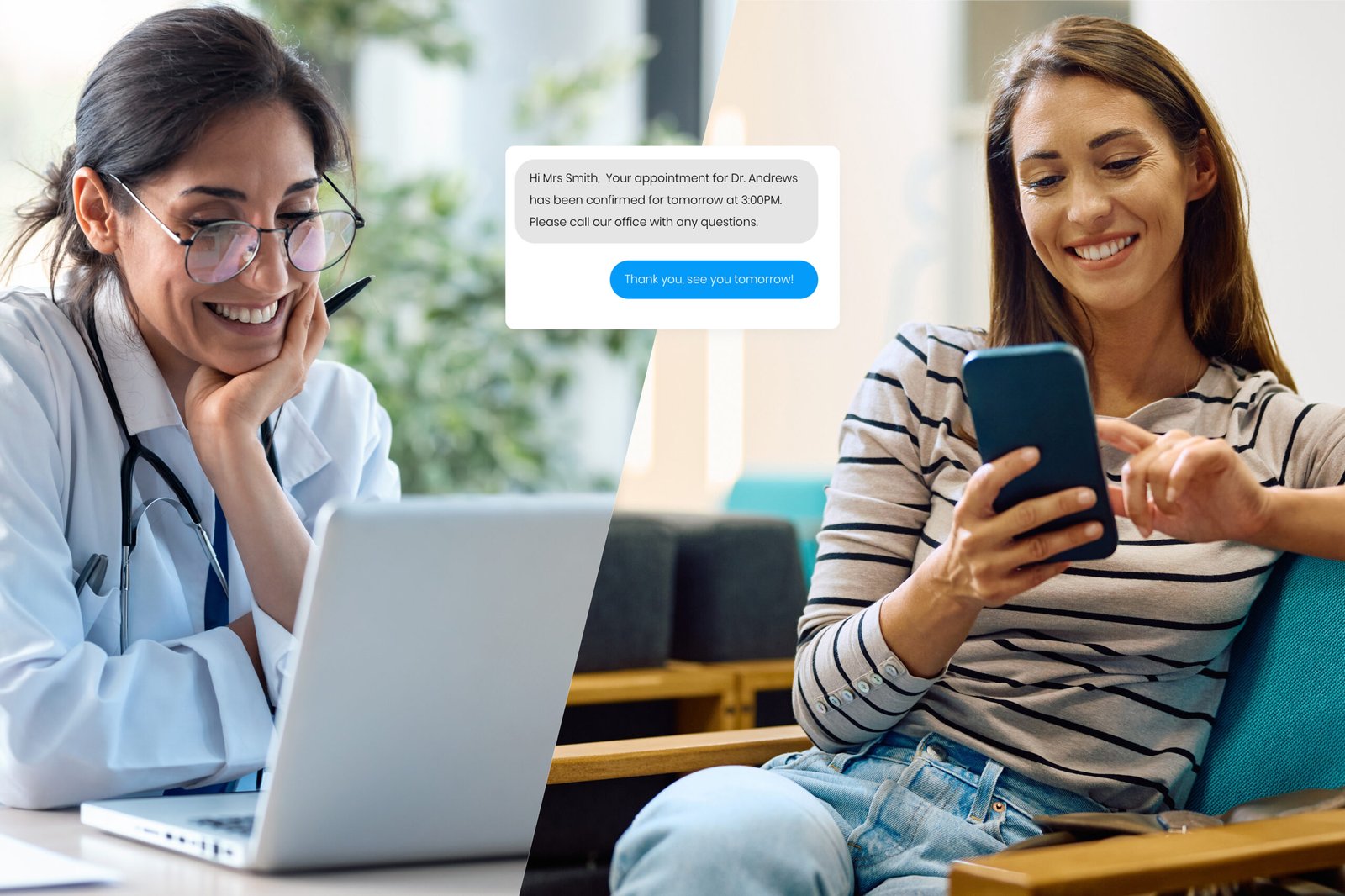
In our first article for solli, we introduced the evolving role of Point of Care (POC) as healthcare moves from targeted care to total care. That shift requires more than just identifying high-value providers, it means aligning insights, infrastructure, content and communication across the full ecosystem: from the exam room to the pharmacy and from the care team to the patient’s portal. We also explored how AI and collaboration across pharma, access, and analytics teams are transforming POC from a marketing function into an engine for coordinated care.
In this second article, we explore how content delivery itself is evolving to support this total care model. It’s no longer about placing messages; it’s about building trust and timing into every interaction. POC is at its most powerful when it becomes an extension of the clinical experience and offers useful, context-driven support for both providers and patients.
Unlike traditional DTC and HCP campaigns, which rely on broad audience assumptions and delayed, passive impressions, POC content shows up at the exact moment care decisions are made. And because it’s delivered through systems that physicians and care teams already trust, the result is a message that isn’t just seen, it’s acted upon.
At Flora, we’ve seen this shift first hand. What was once a media tactic is now a strategic capability. POC now helps close access gaps, support therapy starts, and even accelerate enrollment into clinical trials. That’s especially critical in complex therapeutic areas like oncology, rare disease, and specialty care, where every day of delay matters.
This article highlights the major shifts redefining content delivery in healthcare including the often-overlooked but essential role of the pharmacist.
AI Integration Is Becoming the Baseline
AI is no longer experimental for healthcare marketing, it’s expected. Particularly in electronic health record (EHR)-based campaigns, AI now determines not just who receives a message, but when and why. By analyzing behavior in real time, these models tailor content based on patient journeys, clinical actions, and even peer patterns across systems.
In POC contexts, AI helps match message cadence and content format to physician intent, flag moments of decision, and avoid delivering static content into irrelevant workflows. AI helps increase behavioral impact. AI is increasingly being used to extract and validate data from closed network systems including prior authorizations and related documentation to improve accuracy, streamline access, and support better clinical and operational outcomes.

Shot of smiling female doctor working with her laptop in the consultation.
SMS Messaging from Health Systems to Patients Is Gaining Momentum
Health systems are increasingly using SMS messaging, not just for appointment reminders, but for personalized outreach tied to care gaps, medication access, or follow-up needs. Unlike third party texts, these messages come from a trusted provider, significantly increasing open rates and follow-through.
What’s powerful is the timing: these texts are often triggered by real-time data signals from the EHR like a missed refill or delayed prior authorization. Done right, they support adherence, close gaps in care, and enhance the overall patient experience. But beyond reminders and administrative updates, SMS can also serve as a crucial tool for patient education and empowerment, delivering relevant health information, self-management guidance, and answers to common concerns when patients need it most.
With proper compliance and privacy guardrails, SMS is becoming a powerful bridge between digital engagement and real-world outcomes. By incorporating educational content and personalized support, messaging helps patients better understand their conditions, treatment options, and next steps, encouraging informed decision-making and sustained engagement in their health journey. Messaging to patients is not just outreach, it’s timely, trusted communication that helps patients follow through on care.

Meeting in boardroom
Hospital EHRs Are Driving More Engagement from the C-Suite
The hospital EHR is a growing channel for system-wide engagement moving it from a place for documentation to a strategic channel. The opportunity for engagement within health systems includes decision makers such as CMOs, CIOs, and CFOs who are increasingly aware that messaging within the EHR can affect readmissions, adherence rates, and value-based care metrics.
For marketers, this means a shift in mindset. POC content can’t be one-size-fits-all. Messaging to physicians must be clinically relevant and workflow-integrated. But when addressing care teams or C-suite leadership, content must align with broader health system initiatives including supporting improved therapy access, streamlining prior authorization, and facilitating adoption of the latest procedures and advanced medical technologies. Executives are increasingly leveraging EHR-driven messaging to enhance operational efficiency, reduce administrative friction, and integrate innovations that drive measurable outcomes in patient care. As a result, health systems are now treating content delivery as a strategic asset, embedding it into enterprise-wide planning rather than viewing it as a marketing tool alone.
Patient Portal Messaging Is a Critical and Underused Moment
Health system portals are where patients check lab results, read discharge summaries, and prepare for procedures. In short, they’re high-attention moments and prime opportunities to deliver helpful, relevant content. Patient portal messaging has the potential to support therapy initiation, provide patient education, and guide people through the insurance or specialty access process. These messages must be aligned with the clinical tone of the portal but when done correctly, they add real value. There’s meaningful potential to engage patients with thoughtful, timely communication when they’re already focused on their health.

Pharmacist working at pharmacy front desk computer
Don’t Overlook the Pharmacy in Total Care Delivery
One of the most overlooked players in the care journey is the pharmacist, yet their role is often essential in therapy initiation and persistence. Whether at retail, hospital, or specialty locations, pharmacists are frequently the last stop before treatment begins and sometimes the first checkpoint when things go wrong.
In complex categories like injectables, for instance, pharmacists need access to titration schedules, storage instructions, and support programs. Without that information, patients may never start therapy or abandon it after the first fill. This is where POC content strategy matters: aligned messaging that supports the physician, the patient, and the pharmacist can make the difference between a script written and a treatment journey sustained. We see the pharmacy not as an afterthought, but as a critical activation point. When the pharmacist is informed, the patient is better supported and the system performs more effectively overall.
Strategy of Support
The evolution from targeted to total care isn’t just a shift in strategy; it’s a shift in mindset. Effective content delivery now means building an ecosystem of timely, embedded support by engaging the care team, supporting the patient, and aligning with the system itself.
We’re working alongside our partners to navigate this transformation, strategically identifying the most effective channels directly within the clinical and digital infrastructure where decisions take shape. AI-triggered outreach, health system SMS, and patient portal messaging are no longer optional. They are the front lines of behavior change.
In our next article, we’ll explore what makes that possible: EHR and health system integration. From overcoming messaging barriers in major platforms to unlocking real tech stack access, we’ll unpack what it takes to scale a total care approach from the inside out.
By Joey Cohen, Executive Director – EHR Strategy, Flora Management, a health IT consultancy helping organizations navigate the intersection of technology, data, and patient care.

